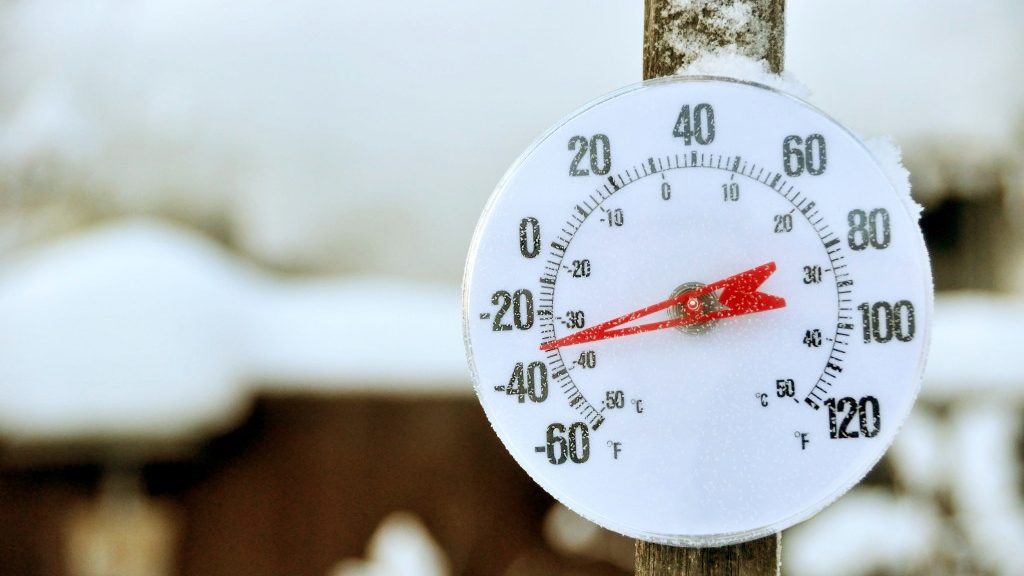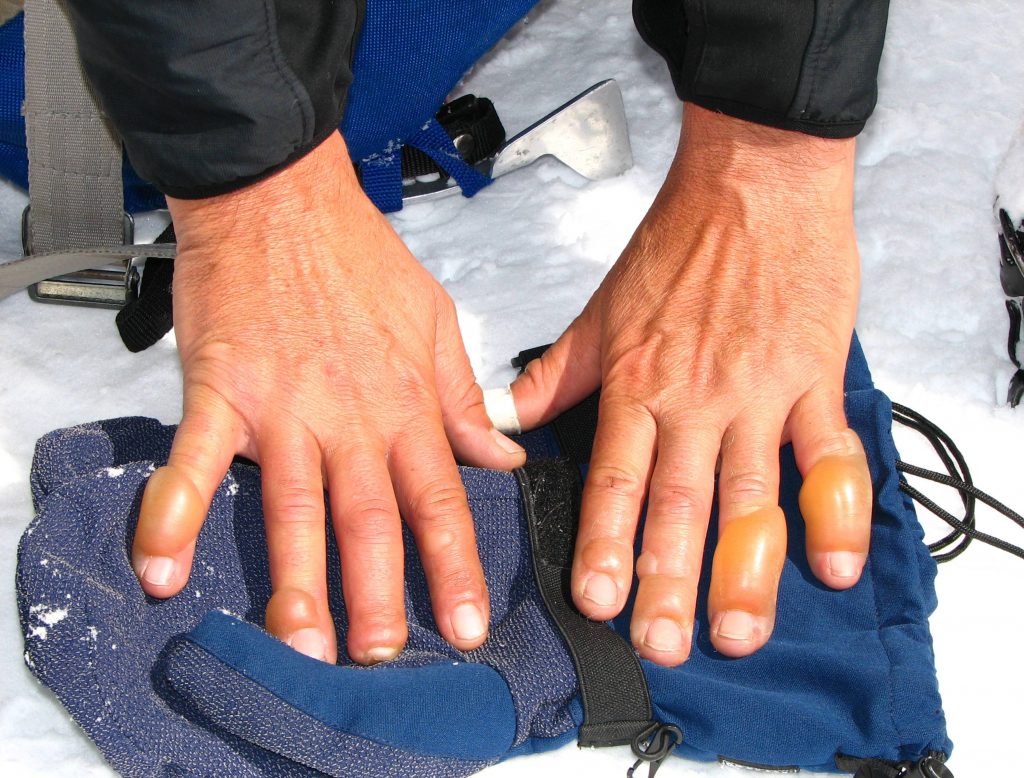-
Cold weather medical emergencies to know about: frostbite and hypothermia

The National Weather Service says arctic cold and bitter winds will spread across much of the U.S., and some states will experience dangerously low temperatures dipping well below zero. This is especially concerning during the busy holiday week when many people are expected to travel.
One concern, if you are exposed to the extreme cold, should be frostbite.
Frostbite
Frostbite is an injury caused by freezing of the skin and underlying tissues. First, your skin becomes very cold and red, then numb, hard and pale. Frostbite is most common on the fingers, toes, nose, ears, cheeks and chin. Exposed skin in cold, windy weather is most vulnerable to frostbite. But frostbite can occur on skin covered by gloves or other clothing.
Signs and symptoms of frostbite include:
- At first, cold skin and a prickling feeling
- Numbness
- Red, white, bluish-white or grayish-yellow skin
- Hard or waxy-looking skin
- Clumsiness due to joint and muscle stiffness
- Blistering after rewarming, in severe cases

But frostbite isn't the only danger that can happen in the bitter cold. If you are exposed too long to the cold, you may experience a more serious condition called hypothermia.
Hypothermia
Hypothermia is a medical emergency that occurs when your body loses heat faster than it can produce it, causing a dangerously low body temperature. When your body temperature drops, your heart, nervous system and other organs can't work normally. Left untreated, hypothermia eventually can lead to complete heart and respiratory system failure, and eventually death.
Signs and symptoms of hypothermia include:
- Shivering
- Exhaustion
- Confusion
- Fumbling hands
- Memory loss
- Slurred speech
- Drowsiness
What to do if someone has hypothermia
Call 911 if you suspect someone has hypothermia. It is a medical emergency that requires immediate attention. While you wait for medical help to arrive, gently move the person inside or into a warm room or shelter. Carefully remove wet clothing and replace with dry, warm blankets or coats.
Related posts:
- The polar vortex and treating hypothermia.
- Mayo Clinic Minute: Holiday driving safety tips.
- This winter, keep your balance to avoid the emergency room.







